1. Keep Their Paws Protected All Year

Your dog’s paws endure all kinds of tough surfaces throughout the year, from scorching hot pavement in summer to icy, salt-covered sidewalks in winter. This wear and tear can lead to cracks, burns, or irritation. Dog booties are an easy way to protect those sensitive paw pads during extreme weather, but if your dog isn’t a fan of wearing them, try a paw balm or wax. Applying a paw balm regularly helps moisturize and shield your dog’s feet, keeping them soft and healthy regardless of the season.
2. Hydrate Beyond the Water Bowl

Keeping your dog hydrated isn’t just about making sure their water bowl is always full, especially during hot summers or dry winter months when indoor heating can dehydrate them. You can boost their hydration by adding moisture-rich foods like cucumber, watermelon, or bone broth to their diet. Hydrating foods not only provide extra water content but also pack a nutritious punch. During colder months, adding warm broth to their meals is not only hydrating but comforting, helping to keep their skin and coat in good condition.
3. Keep Up with Dental Care

It’s easy to let dog dental care slip through the cracks, but maintaining it year-round is essential to their overall health. Gum disease, plaque, and bad breath can creep up over time if their teeth aren’t regularly cleaned. Brushing your dog’s teeth a few times a week, using dental chews, or offering toys designed to clean their teeth as they chew can all help keep their mouth healthy. Consistent dental care prevents costly vet visits down the road and can significantly improve your dog’s quality of life as they age.
4. Regular Vet Visits Are Key

Even if your dog seems perfectly healthy, annual or bi-annual vet visits are crucial for detecting underlying health issues before they become serious. Vets can catch things that aren’t always visible to the untrained eye—like early signs of arthritis, heart disease, or dental issues. Scheduling regular check-ups and keeping your dog’s vaccinations up to date can save you a lot of worry (and expense) in the future. Prevention is always better than cure, and keeping your dog on a regular vet schedule is one of the best things you can do for their long-term health.
5. Grooming Isn’t Just for Looks

Grooming does more than keep your dog looking neat and tidy—it’s a vital part of their health routine. Regular brushing helps distribute natural oils through their coat, keeping their skin moisturized and their fur healthy. It also helps you spot any unusual bumps, cuts, or parasites like ticks and fleas. For breeds with double coats, brushing is essential to prevent matting and tangling. Whether it’s a quick at-home brushing or a professional grooming session, regular attention to your dog’s coat will prevent skin issues and help them stay comfortable year-round.
6. Exercise Adapted to the Seasons
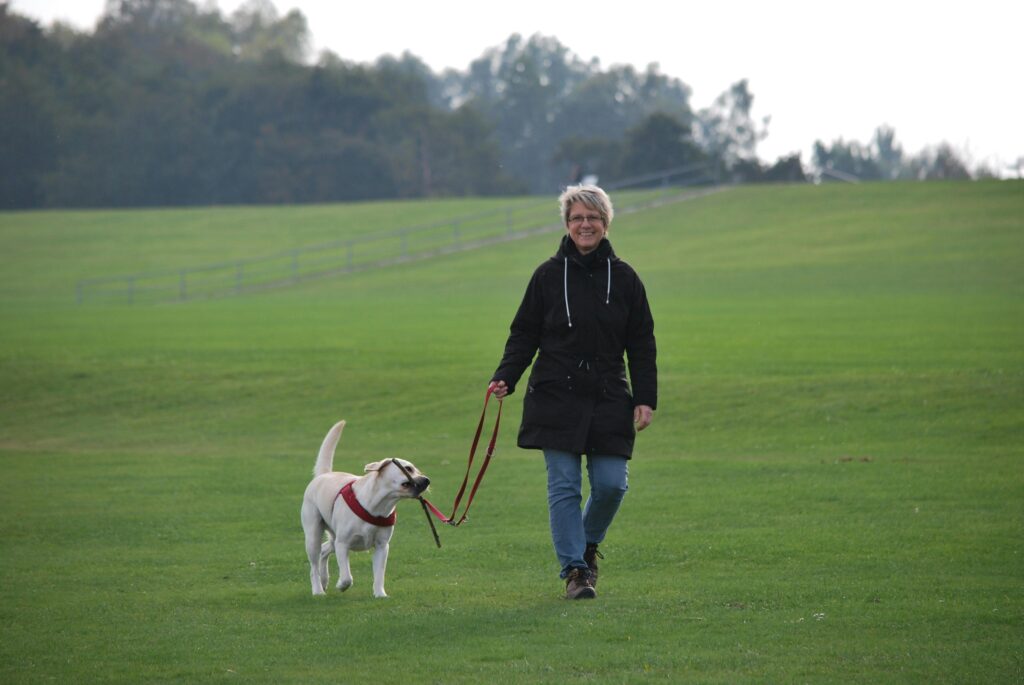
No matter the weather, your dog needs regular exercise to stay healthy and happy. In winter, opt for shorter, more frequent walks to avoid frostbite or cold-related injuries. In the summer, take walks during cooler parts of the day, like early morning or late evening, to avoid overheating. If extreme weather prevents you from going outside, try engaging indoor activities like hide-and-seek, interactive toys, or obstacle courses. The key is to make sure your dog stays active, even when outdoor conditions aren’t ideal.
7. Seasonal Allergies Aren’t Just for Humans

Did you know dogs can suffer from seasonal allergies just like humans? Pollen, mold, and even dust mites can trigger allergic reactions in your pup. Watch for signs like excessive scratching, licking, or sneezing, especially during spring and fall. If your dog is prone to allergies, talk to your vet about allergy relief options such as antihistamines, hypoallergenic shampoos, or changes in diet. Regular bathing and wiping your dog down after outdoor play can also help remove allergens from their coat.
8. Keep Their Ears Clean
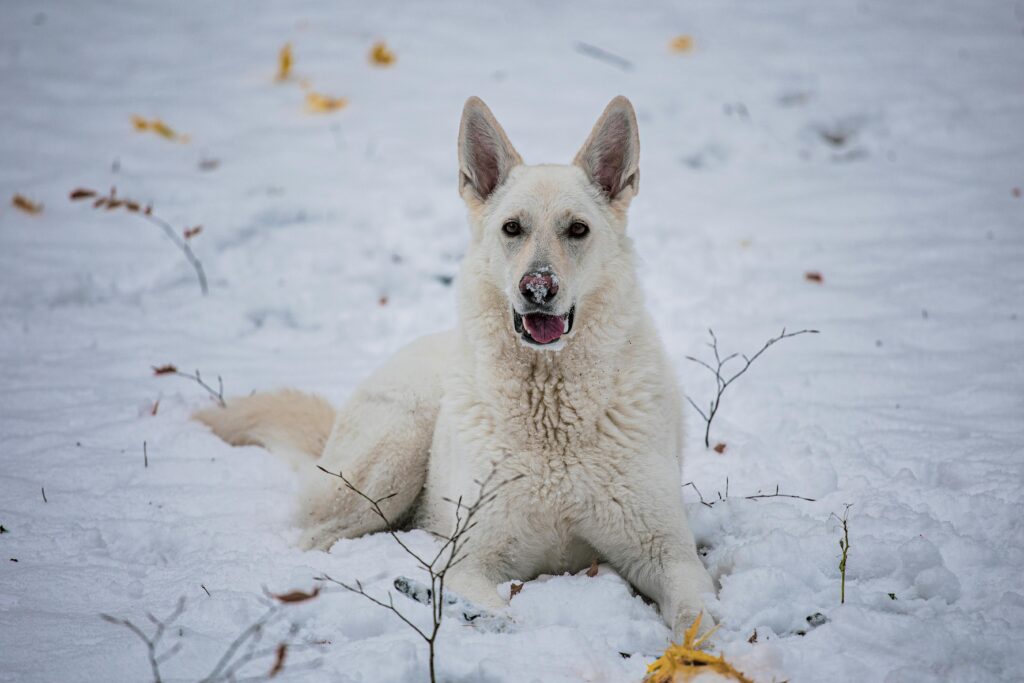
Dogs with floppy ears or lots of fur around their ears are more susceptible to infections because moisture and debris can get trapped easily. Cleaning their ears regularly with a vet-approved ear cleaner can help prevent infections and irritation. Make it part of your grooming routine to gently check their ears for any signs of redness, swelling, or bad odor—these are common indicators of an ear infection. Healthy ears are key to your dog’s comfort, and regular cleaning can save you from dealing with painful infections down the line.
9. Tailor Their Diet to Their Activity Level
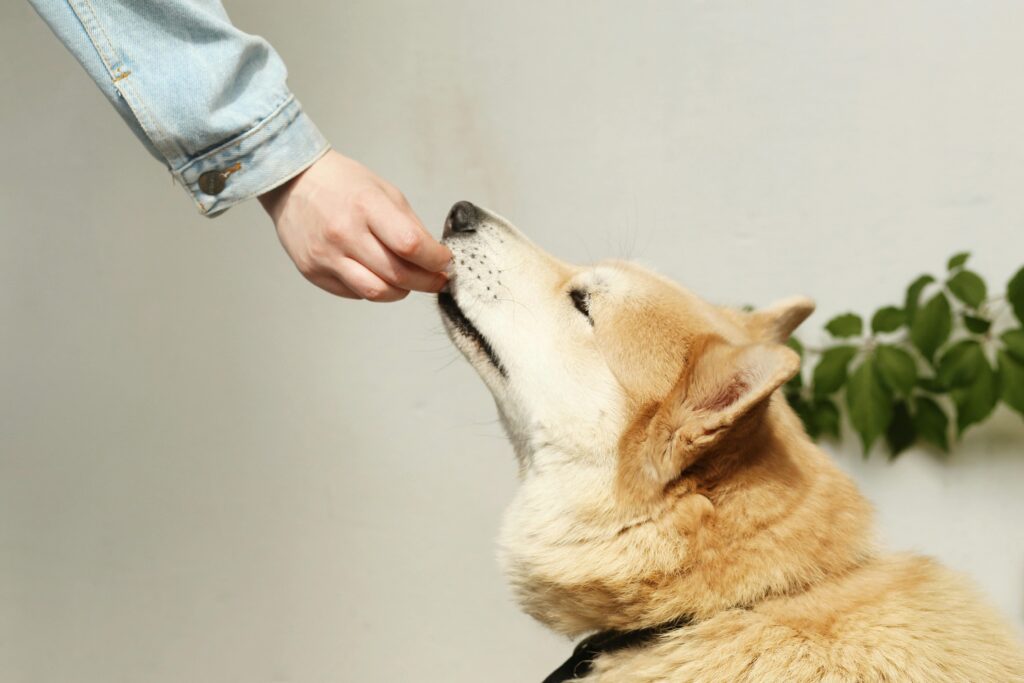
Your dog’s energy and activity levels fluctuate with the seasons, so their diet should too. In the colder months, they may need a bit more food to maintain body heat and energy, while in summer, when they’re less active, lighter meals might be a better option. Adjust their portion sizes to reflect their current activity level, and consult with your vet if you notice any significant changes in their weight or energy. A well-balanced diet that adapts to your dog’s needs ensures they’re always getting the right nutrients to support their overall health.
10. Flea and Tick Prevention is Year-Round

It’s tempting to slack off on flea and tick prevention in the cooler months, but parasites can be active year-round depending on where you live. Fleas can thrive indoors during winter, and ticks can still be found in wooded areas. Make sure your dog is on a year-round flea and tick prevention program to keep these pests at bay. Prevention is much easier than dealing with an infestation, and it protects your dog from diseases carried by these parasites, like Lyme disease.
11. Mental Stimulation is Just as Important as Physical

Keeping your dog’s mind active is just as important as keeping them physically fit. Dogs, especially certain breeds, can get bored if they aren’t mentally challenged. Introduce puzzle toys, scent games, or teach them new tricks to keep their brain sharp and engaged. This type of mental stimulation prevents destructive behaviors that can arise from boredom, such as chewing or excessive barking. Keeping your dog mentally engaged helps reduce stress and keeps them happy all year long.
12. Monitor Their Weight Regularly

Dogs, like humans, can experience weight fluctuations due to age, activity levels, or even seasonal changes. Keeping track of your dog’s weight throughout the year can help you spot health issues early, such as thyroid problems or metabolic disorders. It’s easy to overlook gradual weight changes, so consider regular weigh-ins at home or during vet visits. Maintaining a healthy weight helps prevent joint problems, heart disease, and other obesity-related health issues, keeping your dog in tip-top shape.
13. Don’t Skip Winter Hydration
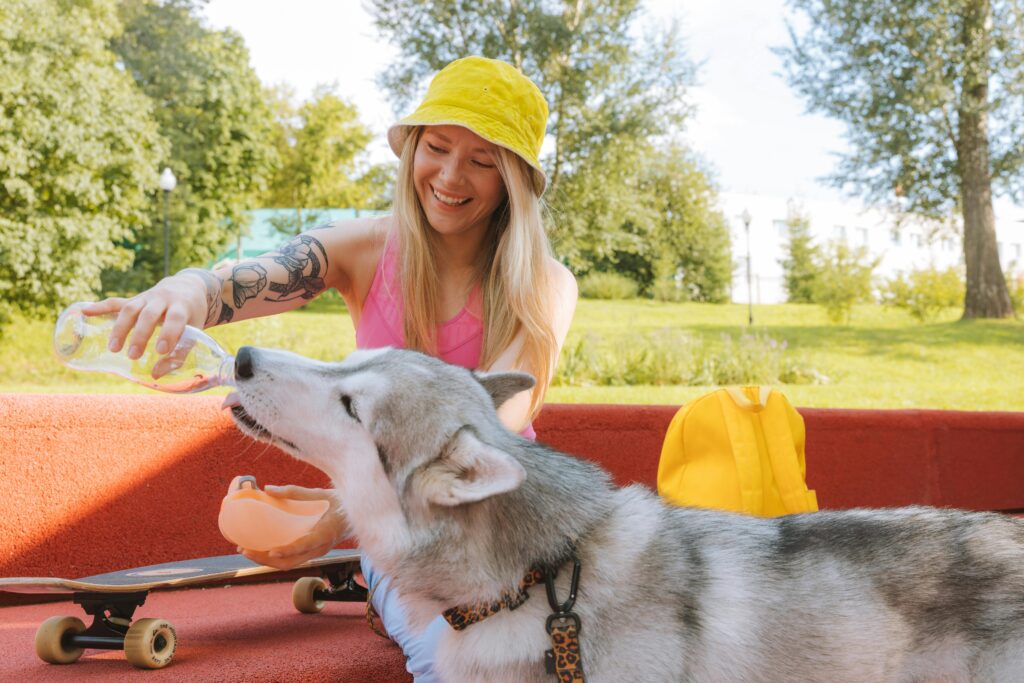
Even though your dog might not be panting as much in the winter, they can still get dehydrated. Indoor heating can dry out the air, leading to dry skin and dehydration for your pup. Make sure they always have access to fresh water, and consider adding moisture-rich foods or warm bone broth to their meals during the winter months. This not only helps with hydration but also provides extra nutrients to keep their immune system strong during the colder season.
14. Seasonal Changes Call for Adjustments in Supplements
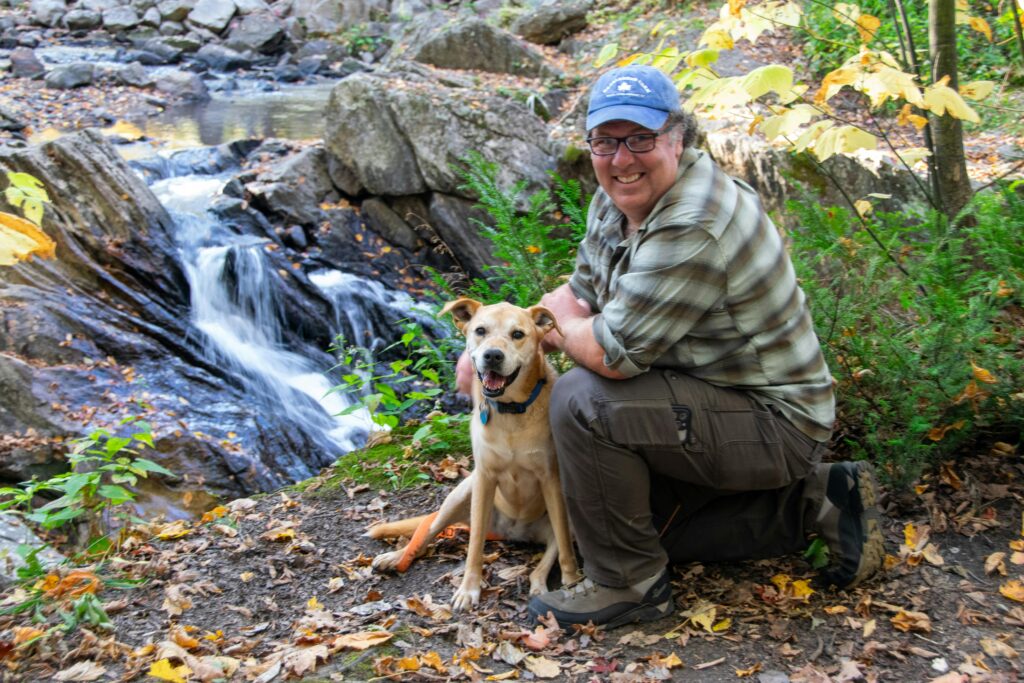
Your dog’s body may need different types of support depending on the season. For example, in winter, supplements like omega-3 fatty acids can help prevent dry skin and improve coat health, while probiotics in summer can support digestive health during the hotter months. Talk to your vet about the best supplements for your dog based on their age, breed, and lifestyle, and adjust their intake to match the seasonal needs. It’s a small adjustment that can make a big difference in their overall well-being.
15. Prioritize Joint Health

Cold weather can make joint pain worse, especially in older dogs or breeds prone to arthritis. Consider adding joint supplements like glucosamine and chondroitin to your dog’s diet year-round to help keep their joints flexible and pain-free. In addition to supplements, regular low-impact exercise like swimming or walking on softer surfaces can help maintain joint health and keep your dog moving comfortably through every season.
16. Keep an Eye on Their Coat
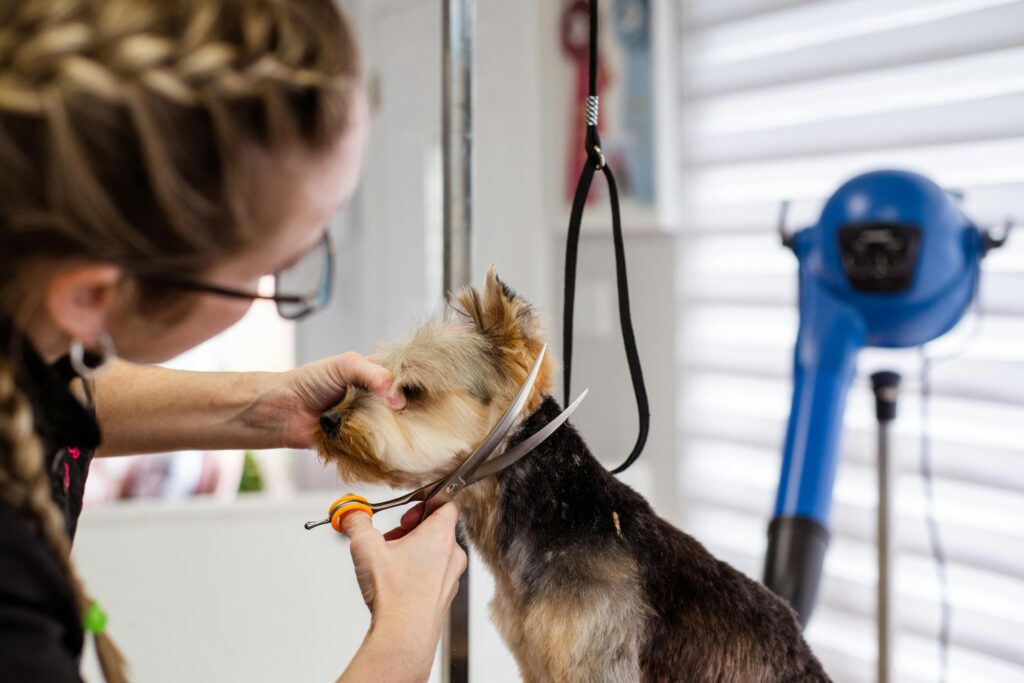
Your dog’s coat can reveal a lot about their health. Seasonal changes, like shedding or dry skin, might mean it’s time to adjust their grooming routine. In winter, dry skin can be soothed with regular brushing and moisturizing shampoos, while in shedding seasons like spring and fall, extra grooming sessions can help keep loose fur under control. Regularly checking and caring for your dog’s coat can prevent matting, skin irritation, and discomfort, ensuring they look and feel their best all year long.


